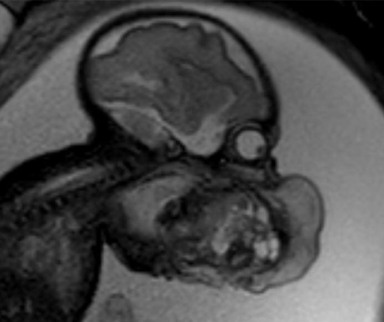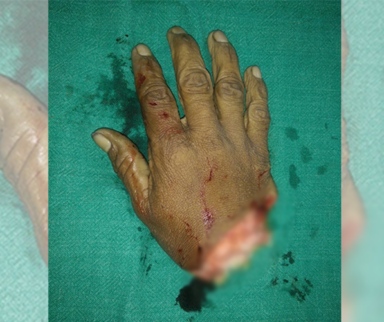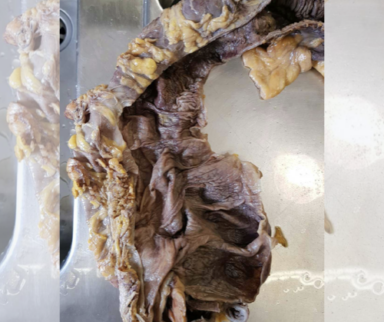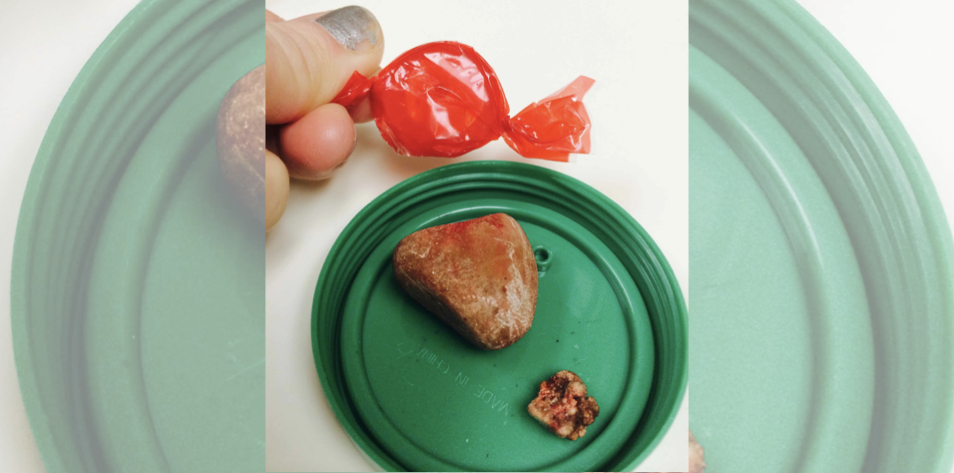
Urologists and other healthcare professionals regularly share new and fascinating cases to Figure 1. Here are five of the most interesting medical cases in urology causing buzz in the community.
#5.

In this fifth most interesting medical case in urology, a pathology resident shared this enlarged prostate weighing 151 grams. The patient reported difficulty urinating and was symptomatic for urgency. Following surgical removal, there were no reported complications.
#4.
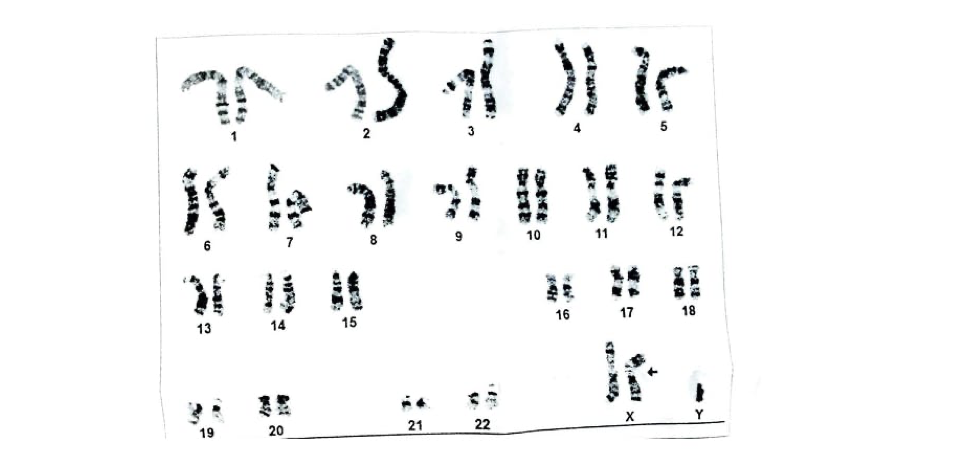
A 26-year-old patient presented with “complaints of erectile dysfunction and absence of beard,” according to the endocrinologist who shared the case. “Physical examination: weight 108.7 kg, height 1.88 m, ginecoid fatty distribution, bilateral gynecomastia, microrchidia, stage of Tanner G4P4. Laboratory: hypergonadotrophic hypogonadism, normal TSH and prolactin, azoospermia.”
From chromosome analysis, it was determined the patient has karyotype 47, meaning the patient has XXY chromosomes, or Klinefelter syndrome. Physical characteristics often include long limbs, tall stature, and gynecomastia.
While some cases are detected early in life, up to two-thirds of patients will not be diagnosed until adulthood, as in this case. Approximately 25% of patients with KS do not show typical characteristics of the condition, resulting in missed diagnoses.
#3.
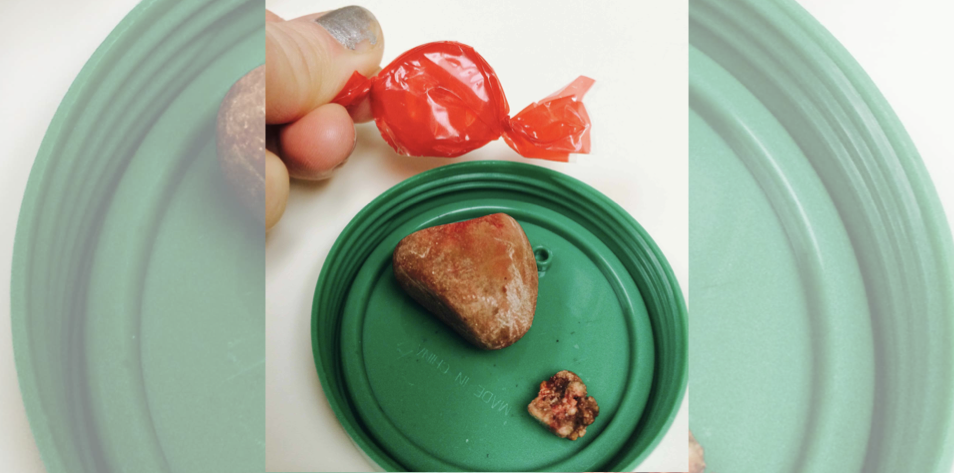
This third most interesting medical case in urology shows a large kidney stone, shared with the community by a registered nurse. According to the RN, “Male [patient], stone was obviously not passed. 36 yr old with hx of kidney stones. Removed laparoscopically with robotic assist.”
#2.

A surgeon shared this case of an “18 y/o male, presented with paraphimosis, [history of] developing this post sexual intercourse. Plan to drain and manual reduction followed by circumcision after 2 weeks.”
Decreased arterial blood flow due to foreskin restriction can lead to serious complications and treatment/management is urgently required. Mild cases of paraphimosis can be resolved using manual reduction, in which the glans and foreskin are compressed. For more complicated cases or in cases where manual reduction is not successful, surgical repair is indicated.
#1.
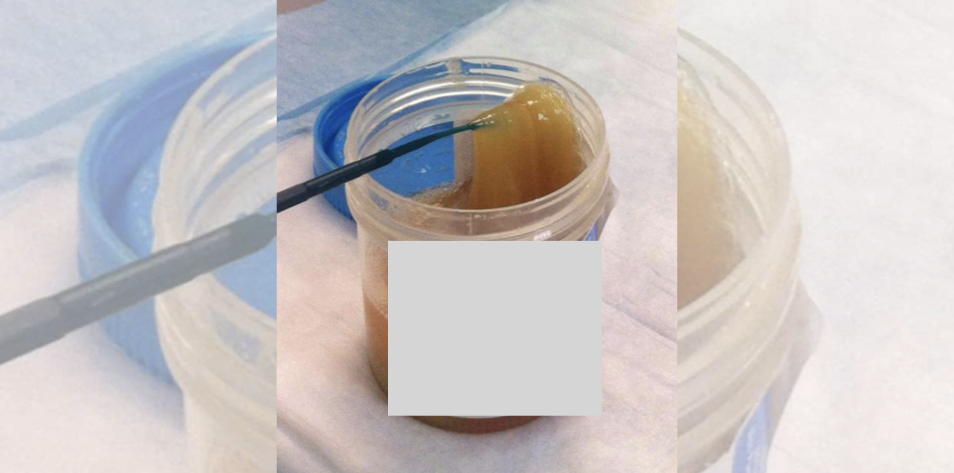
This case presents a patient with a severe urinary tract infection. The technologist who shared the case confirmed that this was a fresh urine sample, likely collected from a foley bag. The sample smelled of nitrites, which, according to the technologist, “indicates a gram negative bacilli infection.”
Numerous members commented on the case that they’d never seen a urine sample like this before.
“Is that seriously urine?! Shocked.”
“I have never seen urine like this!”
“I’ve never seen urine that thick before during all my time working in a laboratory! Wow.”
Published March 11, 2024
Join the Conversation
Sign up for Figure 1 and be part of a global community of healthcare professionals gaining medical knowledge, securely sharing real patient cases, and improving outcomes.
